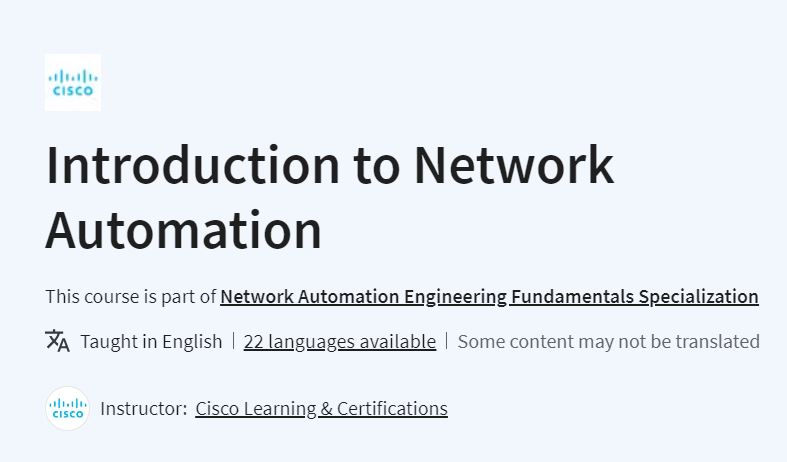F-Strings for Formatting:
F-strings (formatted string literals), introduced in Python 3.6, are a concise and readable way to embed expressions inside string literals. They make string interpolation much easier.
name = "Alice"
age = 30
print(f"Name: {name}, Age: {age}")
#clcoding.com
Name: Alice, Age: 30
String Methods:
Python’s string methods like strip(), replace(), and split() can save a lot of time and lines of code.
text = " Hello, World! "
print(text.strip())
print(text.replace("World", "Python"))
print(text.split(','))
#clcoding.com
Hello, World!
Hello, Python!
[' Hello', ' World! ']
Joining Lists into Strings:
Using the join() method to concatenate a list of strings into a single string is both efficient and convenient.
words = ["Python", "is", "awesome"]
sentence = " ".join(words)
print(sentence)
#clcoding.com
Python is awesome
Multiline Strings:
Triple quotes (''' or """) allow for easy multiline strings, which can be useful for writing long text or docstrings.
multiline_string = """
This is a
multiline string
in Python.
"""
print(multiline_string)
#clcoding.com
This is a
multiline string
in Python.
String Slicing:
String slicing allows for extracting parts of a string. Understanding how to use slicing can simplify many tasks.
text = "Hello, World!"
print(text[7:12])
print(text[::-1])
#clcoding.com
World
!dlroW ,olleH
Using in for Substring Checks:
Checking if a substring exists within a string using the in keyword is simple and effective.
text = "The quick brown fox"
print("quick" in text) # True
print("slow" in text) # False
#clcoding.com
True
False



































.png)



s.PNG)




.png)













s.PNG)







.png)










